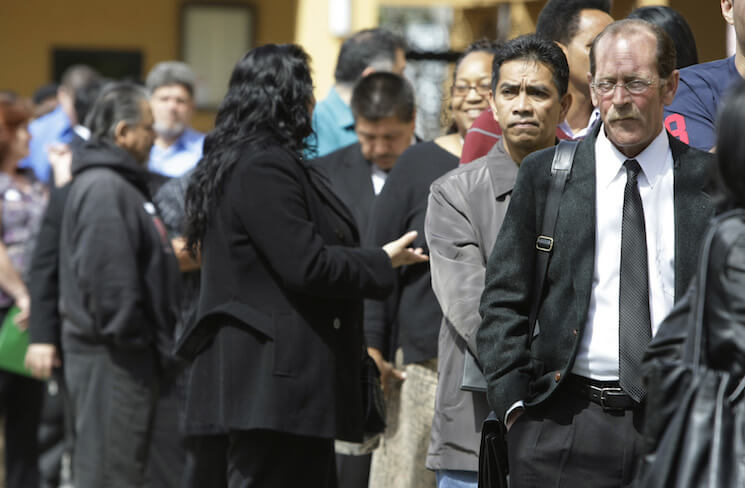Making automatic stabilizers more effective for the next U.S. recession

When the next recession hits, policymakers can take steps right then and there to fight the economic downturn. The Federal Reserve can lower interest rates and the legislative and executive branches can deploy fiscal stimulus by cutting taxes or boosting spending. But another way to counteract a recession relies on steps taken before economic growth begins to turn downward, relying on so called automatic stabilizers, which trigger on when the economy worsens. Think of unemployment insurance, which laid off workers collect, or the Supplemental Nutrition Assistance Program, which is eligible for workers under a certain income threshold.
These automatic programs were designed as forms of social insurance to help people weather the shock of losing a job. But they also boast the benefit of increasing consumer spending and therefore dampening the severity of a recession just as it begins to occur and then throughout the downturn. If policymakers considered these effects in designing these programs, would their design change? That’s the question considered in a new paper.
The paper, released earlier this week by the National Bureau of Economic Research, looks at the optimal design of both unemployment insurance and the income tax in light of their ability to act as automatic stabilizers. The two authors, Alisdair McKay of Boston University and Ricardo Reis of Columbia University, investigate how the generosity of unemployment insurance and the progressivity of the tax system would change if policymakers took into account their recession-fighting abilities. Would more generous unemployment insurance put more money into the hands of suddenly unemployed workers who are likely spend it? Might it also enable workers to save less out of fear of losing their jobs? Similarly, would a more progressive tax structure keep more money in the hands of those, again, most likely to spend it?
McKay and Reis build a model that is matched to data from the United States in recent decades to help figure out the answer to these questions. What they find is that an optimal unemployment insurance system would be more generous once we consider its automatic stabilizer role. In fact, a more munificent program derived from the model would be quite significant. The optimal “replacement rate,” or how much of a worker’s wage the benefit replaces, jumps from 36 percent to 49 percent once the program’s recession-fighting attributes are considered.
In contrast, the progressivity of the tax system doesn’t change much in their model. The optimal progressivity of the tax system doesn’t really influence factors that might help fight recessions.
Part of McKay and Reis’s efforts to the fit the model to U.S. data makes the assumption that unemployment insurance doesn’t have a significantly large effect on the unemployment rate. There’s good evidence for that proposition. And empirical work finds compelling evidence that unemployment insurance played a significant role as an automatic stabilizer during the Great Recession back in 2007 to 2009 and in previous recessions.
The next U.S. recession is probably not just around the corner. But it’s never too early to start preparing. If policymakers want to give themselves (or their future colleagues) a running start, they should take a look at strengthening automatic stabilizers such unemployment insurance and consider how other types of automatic-stabilizer programs might help the broader U.S. economy when it eventually takes another tumble.
